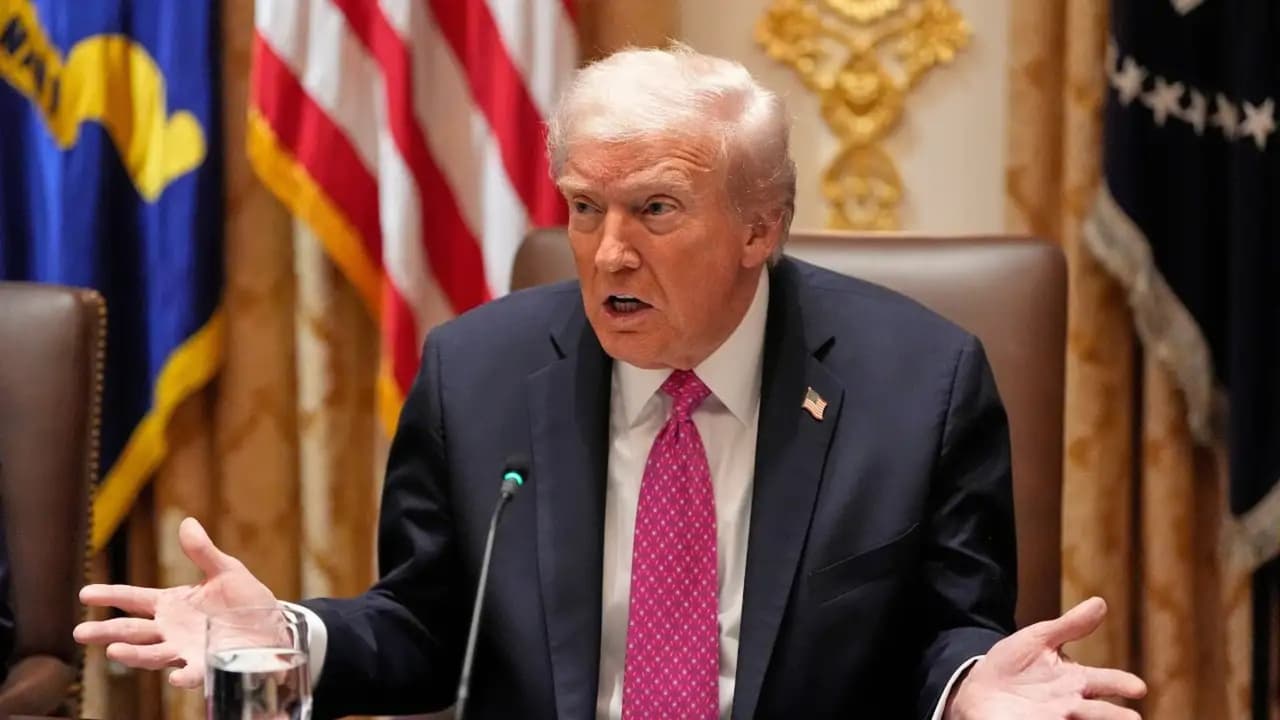Donald Trump keeps talking about taking back Bagram Air Base from the Taliban. He calls it America’s most valuable asset in Afghanistan, a strategic goldmine that should never have been abandoned. But, what if going back is exactly the wrong move?
Donald Trump keeps talking about taking back Bagram Air Base from the Taliban. He calls it America’s most valuable asset in Afghanistan, a strategic goldmine that should never have been abandoned. But here’s what nobody seems to be asking: what if going back is exactly the wrong move?
The former president paints a picture of Bagram as this irreplaceable fortress that gives America eyes on China, control over Central Asia, and a foothold in the heart of Eurasia. He’s not completely wrong about its location or capabilities. The base was genuinely massive, sitting just an hour’s flight from China’s sensitive Xinjiang region and perfectly positioned between Iran, Pakistan, and the Central Asian republics. For two decades, it served as America’s main hub for intelligence gathering, counterterrorism operations, and military logistics across the entire region.
But Trump’s nostalgia for Bagram ignores some uncomfortable realities. First, the reason America left wasn’t just political exhaustion or poor planning. After spending twenty years and trillions of dollars trying to stabilize Afghanistan, the harsh truth emerged that no amount of military presence could fix the country’s deeper problems. Bagram became a symbol of endless war, not strategic genius. Every year America stayed meant more money spent, more lives lost, and diminishing returns on security.
The cost of maintaining large military bases in hostile territories has become unsustainable in an era where drone technology, satellite surveillance, and cyber intelligence can achieve many of the same goals without boots on the ground. The world has changed since Bagram was built. Modern warfare doesn’t require massive physical bases the way it did in 2001.
Then there’s the China argument. Trump insists Bagram is crucial for monitoring Chinese military activities and containing Beijing’s influence in Central Asia. But does America really need a sprawling air base in Afghanistan to watch China? The US already has sophisticated satellite networks, intelligence partnerships with India and other regional allies, and military facilities in countries that actually want American presence. Japan, South Korea, Guam, and various locations across the Indo-Pacific provide far more stable platforms for countering China than a contested base in Taliban-controlled territory ever could.
The Belt and Road narrative also deserves scrutiny. Yes, China is investing heavily in Central Asian infrastructure and yes, they’d probably love access to Bagram’s facilities. But the notion that China will somehow dominate the region unless America occupies one air base seems like outdated Cold War thinking. China’s influence comes through economic investment and trade deals, not military bases. Beijing has shown little interest in replicating America’s costly overseas military footprint. They learned from watching Washington exhaust itself in Middle Eastern conflicts.
What makes Trump’s Bagram fixation particularly puzzling is the Taliban factor. Any attempt to retake the base would require either fighting the Taliban again or negotiating with them, both humiliating options. The Taliban aren’t going to simply hand over their prize capture. They’d see any American return as an invasion, potentially reigniting full-scale conflict. Is America ready for Afghanistan War 2.0? Do taxpayers want to fund another multi-trillion dollar adventure that achieves little beyond maintaining one symbolic airfield?
Other nations are pursuing smarter regional strategies through economic partnerships rather than military occupation. India, for instance, has built significant influence in Central Asia through development projects, trade agreements, and cultural ties. These soft power approaches often prove more durable and cost-effective than military bases that breed local resentment.
There’s also something deeply ironic about Trump’s argument. He campaigned in 2016 on ending endless wars and bringing American troops home. He criticized nation-building projects and questioned why America should police the world. Yet here he is, advocating for returning to the very place that embodied everything he once opposed. Bagram isn’t just a base, it represents the entire failed experiment of trying to reshape Afghanistan through military force.
Perhaps the hardest truth is that Bagram’s importance has been vastly overstated. Its abandonment didn’t cause America’s regional influence to collapse. China didn’t suddenly dominate Central Asia. Russia didn’t expand its empire. Life went on, and American intelligence capabilities remained intact through other means. Sometimes giving up a position isn’t weakness, it’s recognizing when you’re throwing good money after bad.
The real question isn’t whether Bagram was valuable, it’s whether that value justifies the enormous costs of retaking and maintaining it against a hostile host government in an unstable country surrounded by rivals. Strategic thinking requires making hard choices about where to allocate limited resources. Every dollar spent on Bagram is a dollar not spent on modernizing the military, developing new technologies, or addressing actual threats closer to home.
Trump’s Bagram obsession feels less like serious strategic planning and more like refusing to accept that America’s longest war is truly over. Sometimes the hardest part of strategy is knowing when to walk away.
